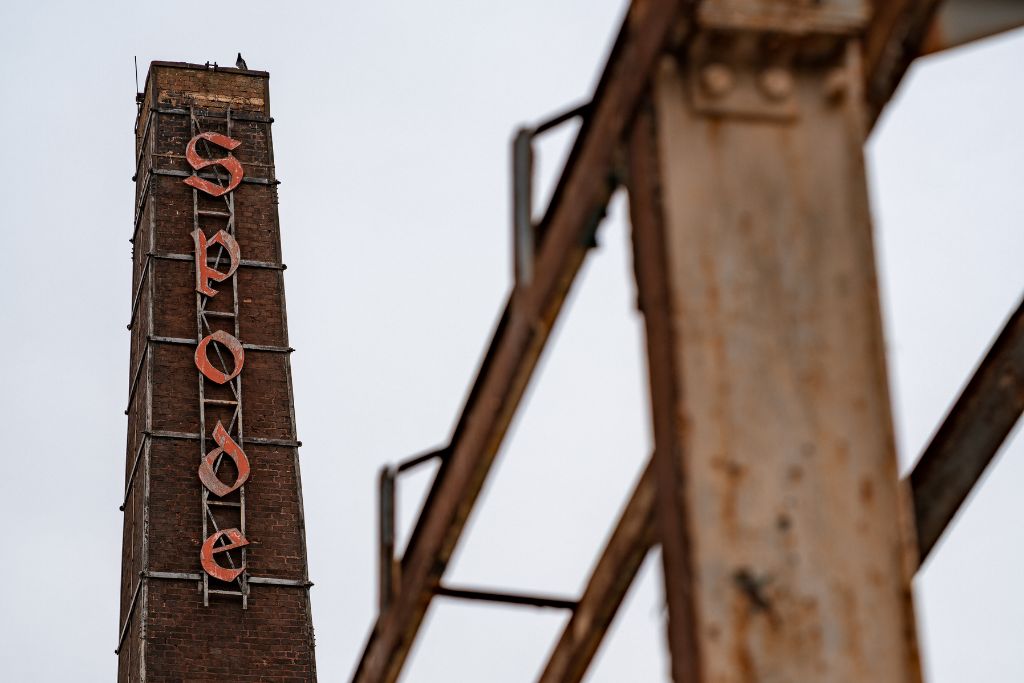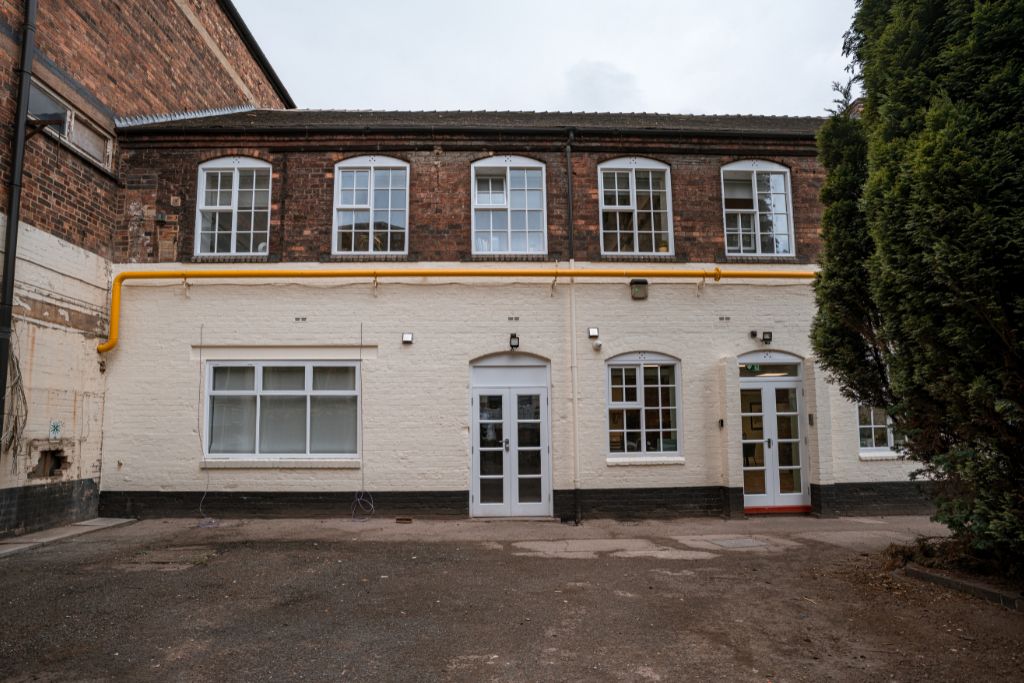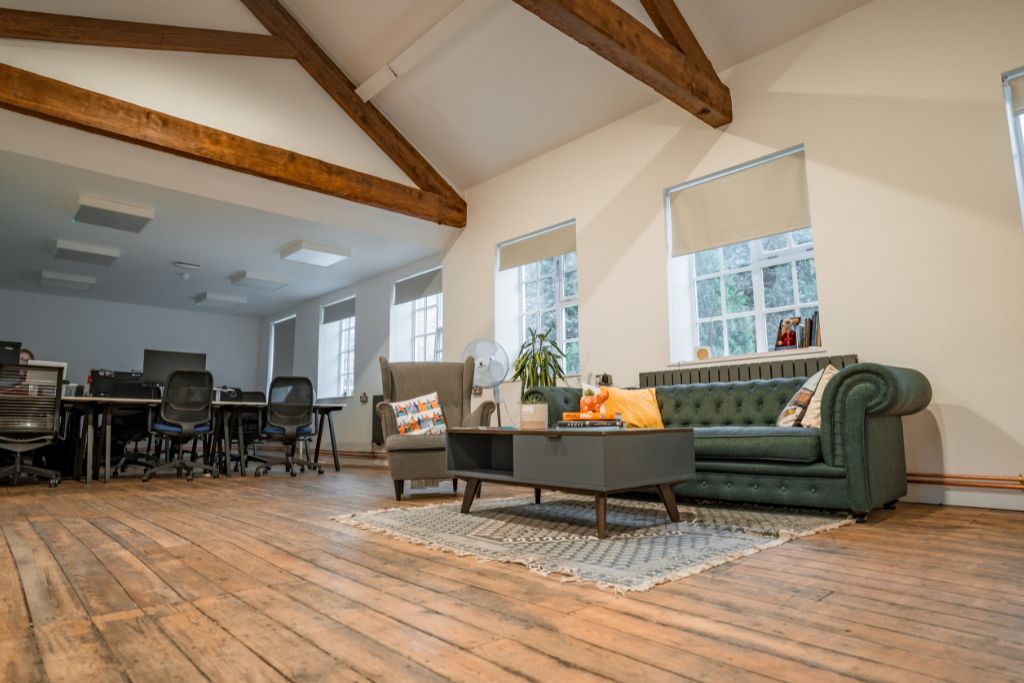Why I love working with historic, complex sites.

I’ve known the Grade II-listed Spode site since I was a child, but I didn’t really explore it properly until about seven or eight years ago, when there were live music events being held in the grounds and the China Hall. Even then, I could see what a great venue it was – and I hoped it might spark something bigger: a kind of counterculture regeneration in the city.
That’s what drew me in when I was invited to work on the regeneration of this historic site. Spode has been continuously added to over more than 200 years, which means layer upon layer of architectural history. My role is to help unpick those layers and then work with them, not against them. It’s about emphasising what matters, removing the bits that no longer serve the building, and creating something that can evolve again.
That process starts right at the beginning. With this client – who has a strong vision and personal ambition to develop the site – there were lots of in-depth discussions. It was a bit like an interview: picking out bits of information throughout our conversations, turning that into a design brief and then refining it together over time. It’s a very collaborative and ongoing process, with the client and his team involved at every step.

The biggest challenge with buildings like this is the unknown. You never quite know what you’re going to uncover. That’s why we keep the design flexible – it’s a ‘live’ process, from those first meetings through to construction. You have to pay close attention throughout and be willing to adapt as you go. That’s the golden thread that runs through this kind of work.
Another big part of the job is finding the right balance between protecting the building’s history and making it work for today. It takes common sense from everyone involved: the client, the design team, the planning authorities. The goal was to bring modern uses into a historic setting in a way that’s sensitive and practical, and celebrates the industrial character of the building while creating flexible, accessible workspaces for a new generation of tenants.
Some features, like the external gas pipe that runs through the site, don’t serve a purpose for the building’s new use but they’re part of its story. That gas pipe tells you something about the era when the site was upgraded for gas-powered production. Keeping it is a way of nodding to that constant evolution and modernisation. We’re hoping it will eventually act as a kind of subtle way finder through the whole site.
Sustainability is a huge part of this project too. The client has led on introducing a mini heating system run on sustainable sources, with plans to connect to Stoke-on-Trent’s District Heating Network in the future. We’re looking at solar photovoltaic panels, air and ground source heat, and bio-generated heating so it’s a real example of how modern energy methods can support historic buildings.
By keeping the buildings rather than knocking them down, we’re preserving the embodied carbon they already hold. And I strongly believe that we can resolve a lot of the housing shortages and create great spaces by reusing existing buildings.

For me, working on sites like Spode isn’t just about buildings, it’s about people. It’s about understanding the community that knows and uses the space, and designing with them in mind. That’s why I chose to study architecture in the first place.
The built environment should reflect and innovate based on the people who will use it and live with it every day. Every project is shaped by its context, by the individuals, the surroundings, the history. Architecture is always about individual expression, but it’s also shaped by the communities around it.
If you’re thinking about taking on a project like Spode, the best thing you can do is spend time on site. Talk to people who know it well. Read up on its history. Understand why it came to be and how it’s changed. We never really own buildings – we’re just custodians for a time. Our job is to respect what’s there, make thoughtful interventions to meet today’s needs, and remember that someone else will come along and add their layer in the future.
That’s the part I love most about this work – understanding why something was done in the past and knowing that more is still to come.